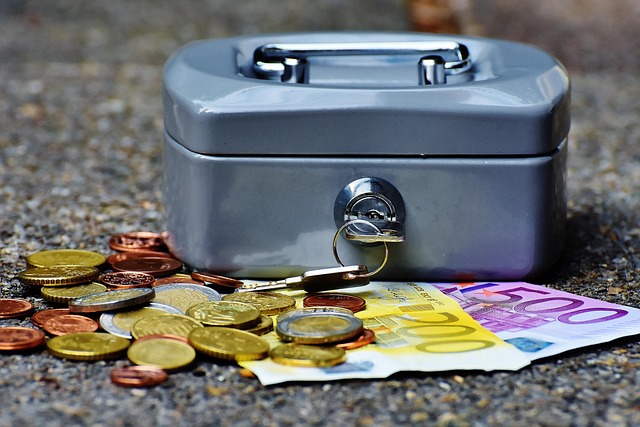Learn how to build an emergency fund on any income with these practical money hacks designed for low to high earners.
An emergency fund is your financial safety net. It’s what keeps a minor crisis from turning into a major setback. Whether you make minimum wage or a six-figure salary, having 3–6 months’ worth of expenses saved is key to financial security. Here’s how to build one—without feeling broke.
1. Set a Realistic First Goal
Don’t get overwhelmed by the 3–6 month recommendation right away. Start with a $500 or $1,000 target. This smaller milestone is motivating and achievable even on a tight budget.
2. Open a Separate Account
Keep your emergency fund out of reach. A high-yield savings account works best. This prevents you from “accidentally” dipping into it for non-emergencies.
3. Name Your Account Something Motivating
Call it “My Freedom Fund” or “Crisis-Proof Savings.” Psychology matters—you’re less likely to touch it if the name reminds you of its purpose.
4. Save Automatically—Even Small Amounts
If you’re living paycheck to paycheck, aim for $5–$25 per week. Use tools like Chime or Digit to automate tiny transfers. It adds up faster than you think.
5. Redirect Windfalls
Tax refunds, bonuses, or cash gifts are perfect for building your emergency fund. Even if you use 50% for fun, put the rest toward your savings cushion.
6. Cut One Small Expense Temporarily
Drop one subscription or cut one takeout meal per week. That extra $10–$30 can go straight into your emergency fund without drastically changing your lifestyle.
7. Side Hustle for a Purpose
Start a weekend gig and dedicate all earnings to your emergency fund. It could be pet sitting, freelance work, or selling used items online.
8. Treat It Like a Bill
List your emergency fund contribution as a “must-pay” item in your budget. Prioritizing it gives it the importance it deserves.
Final Thoughts
No income is too small to start an emergency fund. It’s about consistency, not size. A few dollars saved consistently will grow into a powerful financial buffer over time.


No responses yet